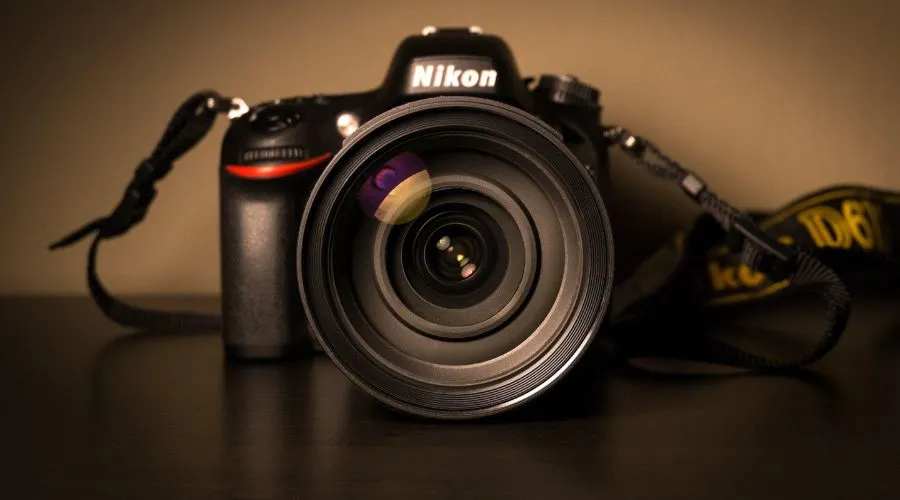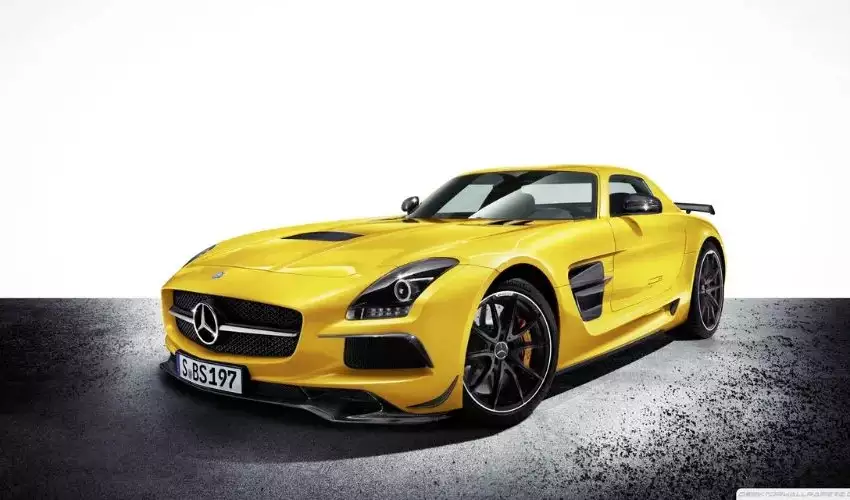Introduction
In the vast landscape of technological marvels, the camera stands as a testament to humanity’s desire to capture and preserve moments. From its humble beginnings to the sophisticated devices we carry today, the camera has evolved into an indispensable tool in our lives. In this exploration, we delve into the fascinating world of the camera, tracing its history, understanding its mechanisms, and appreciating its impact on art, culture, and personal memories.
The Evolution of the Camera
The journey of the camera spans centuries, marked by innovations that transformed the way we perceive and document the world around us.
From Camera Obscura to Daguerreotype: Early Pioneers
The roots of the camera can be traced back to the camera obscura, a simple device used by artists to project images onto surfaces. The 19th century witnessed the birth of the daguerreotype, an early photographic process that captured images on silver-coated copper plates. This marked the dawn of photography, setting the stage for further advancements.
Roll Film and Portable Cameras: Kodak’s Contribution
The late 19th and early 20th centuries saw the introduction of roll film, a revolutionary development that made photography more accessible. George Eastman, founder of Kodak, played a pivotal role by introducing the Kodak camera in 1888, making photography available to the masses with the famous slogan, “You press the button, we do the rest.”
Digital Revolution: The Shift to Pixels
The latter half of the 20th century witnessed the transition from film to digital photography. The invention of the digital camera marked a paradigm shift, allowing users to capture, store, and share images electronically. This era paved the way for the integration of cameras into various devices, from smartphones to security systems.
The Anatomy of a Camera
Understanding the components and mechanisms that constitute a camera unveils the complexity behind this seemingly simple device.
Optics: The Eyes of the Camera
The lens, an integral part of the camera, acts as its eyes. The quality of the lens determines the clarity, sharpness, and depth of field in the captured images. From wide-angle to telephoto, lenses offer a spectrum of creative possibilities for photographers.
Image Sensor: Transforming Light into Pixels
At the heart of every digital camera lies the image sensor. Whether it’s a CCD or CMOS sensor, this component converts light into electrical signals, which are then processed to create digital images. The size and quality of the image sensor significantly impact the camera’s performance, especially in low-light conditions.
Shutter and Aperture: Controlling Light
The shutter and aperture work in harmony to regulate the amount of light that reaches the image sensor. The shutter speed determines the duration of exposure, while the aperture controls the size of the lens opening. Understanding these settings empowers photographers to capture motion, control depth of field, and adapt to varying lighting conditions.
Types of Cameras: From Point-and-Shoot to Professional Gear
The diverse needs of photographers have given rise to a multitude of camera types, each designed to cater to specific preferences and skill levels.
Point-and-Shoot Cameras: Simplicity in a Compact Package
Ideal for casual photographers, point-and-shoot cameras offer simplicity and convenience. With automatic settings, compact size, and user-friendly interfaces, they are perfect for capturing spontaneous moments without the need for intricate adjustments.
DSLR Cameras: Precision and Versatility
Digital Single-Lens Reflex (DSLR) cameras cater to enthusiasts and professionals seeking greater control over their photography. Interchangeable lenses, manual settings, and optical viewfinders make DSLRs versatile tools for capturing high-quality images in various scenarios.
Mirrorless Cameras: Compact Innovation
Mirrorless cameras combine the versatility of DSLRs with a more compact design. By eliminating the optical viewfinder and mirror mechanism, these cameras maintain high performance while reducing bulk. They have become a favorite among photographers who prioritize portability without compromising image quality.
Professional Medium Format Cameras: Unleashing Creative Potential
For those demanding the utmost in image quality and detail, professional medium format cameras excel. With larger sensors and advanced features, these cameras are the choice of professional photographers in fields such as fashion, portrait, and landscape photography.
The Impact of Cameras on Art and Culture
The camera’s influence extends far beyond the realm of photography, shaping the way we perceive and interpret the world.
Photography as Art: A Visual Language
Photography has evolved into a distinct form of artistic expression. From the pioneering works of Ansel Adams to the avant-garde compositions of contemporary photographers, the camera has become a powerful tool for conveying emotions, telling stories, and challenging perceptions.
Social Media and Smartphone Photography: A Global Phenomenon
The integration of cameras into smartphones has democratized photography, turning virtually everyone into a potential photographer. Social media platforms have become visual diaries, with millions sharing snapshots of their lives daily. The camera, once a specialized tool, is now an integral part of modern communication and self-expression.
Documentary Photography: Capturing Reality
Cameras have played a crucial role in documenting historical events, societal changes, and cultural shifts. Photojournalists wield cameras as instruments of truth, bringing stories from around the world to a global audience. Iconic images have the power to shape public opinion and evoke empathy, making the camera a catalyst for social change.
Challenges and Innovations in Camera Technology
As technology advances, new challenges and opportunities arise in the world of cameras.
Computational Photography: Merging Art and Science
Computational photography leverages advanced algorithms and artificial intelligence to enhance image quality, improve low-light performance, and introduce creative effects. From portrait mode to night mode, these innovations showcase the synergy between technology and photography.
Sustainability in Camera Manufacturing: Navigating Environmental Concerns
The rapid evolution of technology comes with environmental consequences. The camera industry faces challenges in adopting sustainable practices, from reducing electronic waste to minimizing the environmental impact of manufacturing processes. Balancing innovation with ecological responsibility is an ongoing endeavor.
Augmented Reality (AR) and Cameras: Redefining Visual Experiences
The integration of augmented reality with camera technology opens new frontiers. AR-enhanced cameras enable users to overlay digital information onto the physical world, blending reality with virtual elements. This intersection of the digital and physical realms expands the possibilities for creative expression and interactive experiences.
8K and Beyond: Pushing the Limits of Resolution
The pursuit of higher resolutions continues to drive camera technology. From 4K to 8K and beyond, the quest for clarity and detail challenges engineers to develop sensors, lenses, and processing capabilities that can keep pace with the demands of filmmakers, content creators, and photographers.
Conclusion
As we navigate the multifaceted world of cameras, it becomes evident that these devices are more than tools for capturing images—they are storytellers, historians, and artists. From the earliest pinhole cameras to the sophisticated digital wonders of today, the camera has undergone a remarkable evolution. Its impact on art, culture, and personal memories is immeasurable, making it a cornerstone of our visual language and a bridge between the past and the future. As technology continues to propel us forward, the camera remains an enduring companion, ready to seize the fleeting moments that define the human experience.




